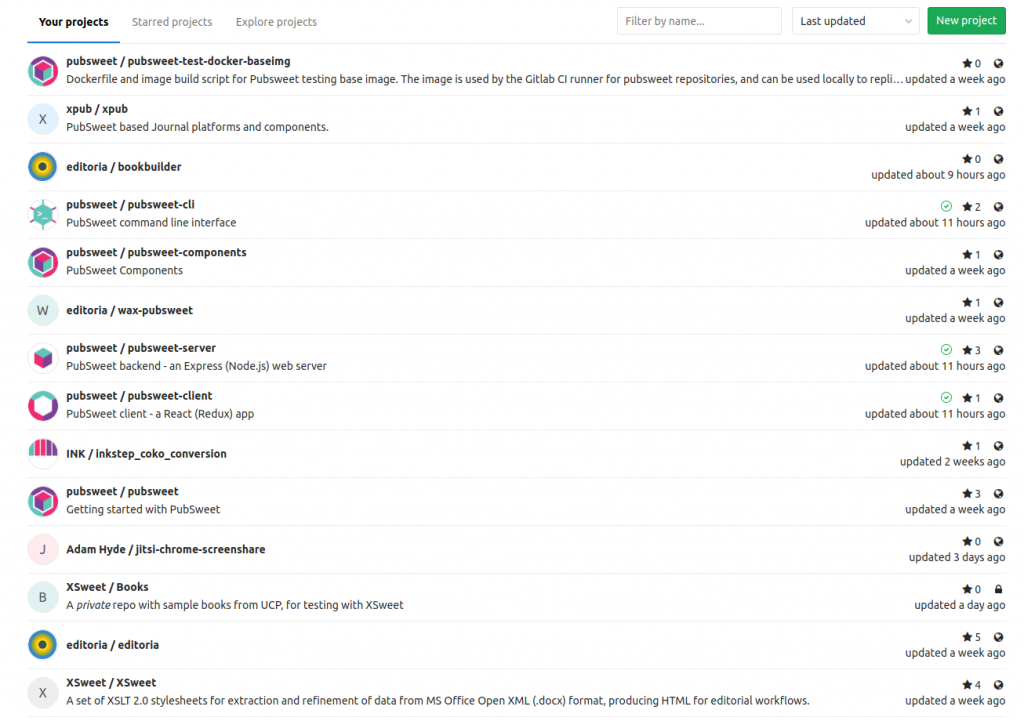Recently, I have been involved in some discussions around what tools to choose for open communities. This came up with regard to the Open Source Alliance for Open Scholarship (links to the new website coming soon!).
One argument that always comes up with these kinds of discussions, and I have been involved in many, is that we should use platform X because ‘thats where the people are’. Because open source has lost in the platform game (but its not too late) this argument almost always points to a closed source platform eg. github, twitter, slack etc
‘Going where the people are’ feels intuitively like a good idea. You want your project to succeed, go where the people are. Hard to argue against that. But argue against that we must, and I’ve started to think a little about how to counter this position better because sometimes, when people get stuck on this argument, there is no budging them.
One thing I have experienced recently that has fed a counter argument is the growing community around Coko. We use Mattermost and Gitlab as our primary web spaces for community and collaboration. What I notice with our gitlab, for example, is that when you open it up in the browser it looks like Coko. It looks like a home for a variety of connected and interesting projects that all revolve around Coko’s mission to reshape publishing. It is my hope that this will grow to be even more true over time. If that proves to be the case, then this gitlab instance will be a home (possibly one of many) for a certain approach and certain kind of thinking about how to change publishing. And that there is incredibly valuable because it speaks to the need for your community tools to surface and reflect your communities activities and values.

That’s not so easy to do in github. Go to a github org space and it looks like every other github org space. It looks dull. It reflects the identity of github and not of your community. This doesn’t just come down to theming, but it comes down to more subtle nuances such as with gitlab (or similar open source solution), the space is committed only to the things your community is doing. Things that are not connected are not a click away. From a community members point of view its a space dedicated to them. In this day I believe this is increasingly more unusual, important, and appreciated.
Consequently, I use the argument that developing community identity is more important than ‘going where the people are’. Don’t create a space ‘where the people are’, create a space where your people can go.
